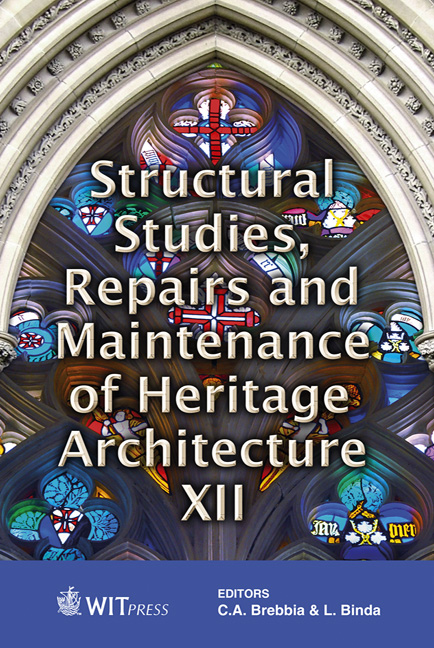Ile Timi: The Interface Between Traditional And Vernacular Architecture In Ile-Ife
Price
Free (open access)
Transaction
Volume
118
Pages
16
Page Range
99 - 114
Published
2011
Size
1357 kb
Paper DOI
10.2495/STR110091
Copyright
WIT Press
Author(s)
C. O. Osasona & F. O. Ewemade
Abstract
Ile-Ife is world-famous for its sculptures, and for the pivotal role it plays in defining black culture. It boasts of notable examples of Nigerian traditional, vernacular and metropolitan architecture. The paper discusses Ile Timi, a building strategically located with respect to Ife mythology and local building practices. It highlights its peculiarities at the interface of the transition from the traditional to the clearly-distinguishable vernacular. Ile Timi authenticates traditional building practices, while accommodating advantages of the new. The work also examines evolutionary trends in space-use and inherent meaning, to underscore the significance of such buildings, and concludes that more should be done to conserve them; apart from their heritage value, they have potential for boosting local tourism. Keywords: traditional architecture, vernacular architecture, Ile Timi, Ile-Ife, heritage architecture, Ife mythology, black culture, space-use, building practices, covert symbolism. 1 Introduction The ancient Yoruba town of Ile-Ife has long been on the world map, as it is associated with exquisite archaeological finds, ethnological debates and the general promotion of negritude. Many black peoples in the diaspora continually seek links to this town, credited with being the cradle of the Yoruba race (Biobaku [1]) and a lead player in defining what constitutes \“black culture”. Specifically, Ife bronze and terracotta sculptures have engaged the attention of archaeologists, art historians, anthropologists and other scholars, for nearly a century; their virtues have long been extolled by explorers such as Leo Frobenius
Keywords
traditional architecture, vernacular architecture, Ile Timi, Ile-Ife,heritage architecture, Ife mythology, black culture, space-use, buildingpractices, covert symbolism




